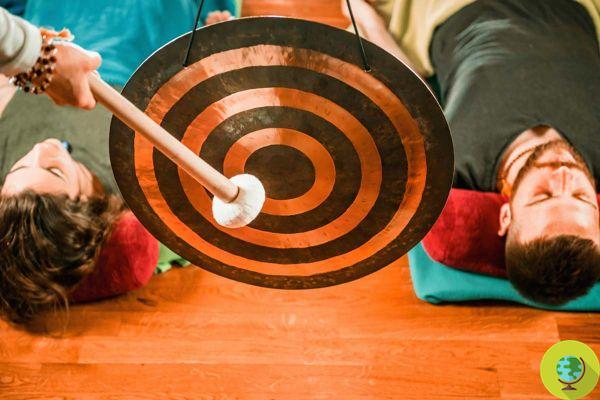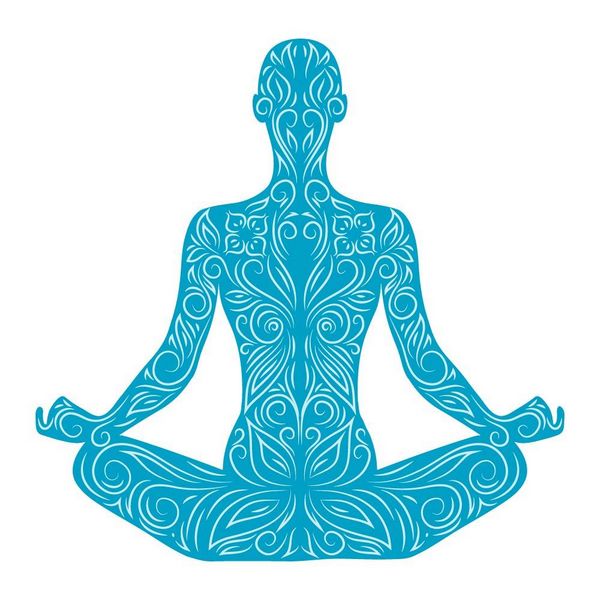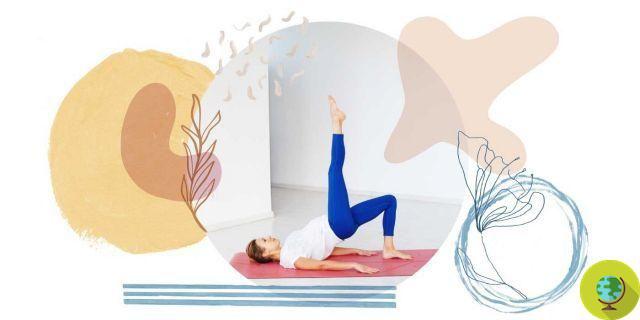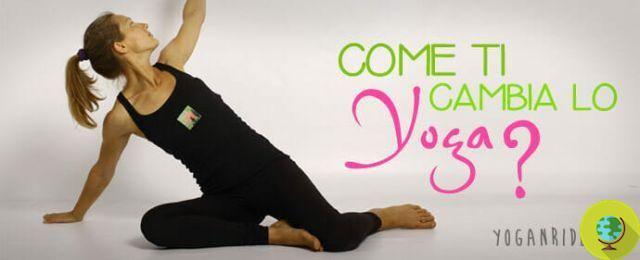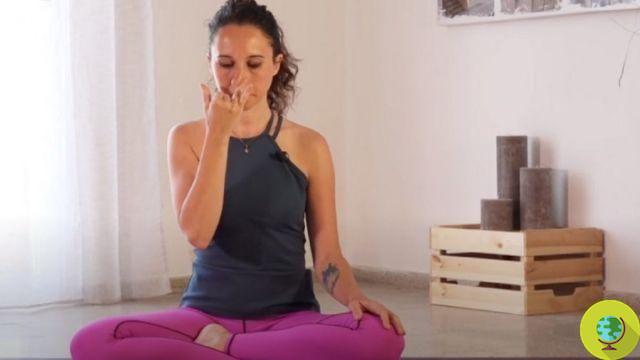
Alternating Nostril Breathing is a breathing technique that Yoga includes in pranayama. Pranayama practice focuses on the breath and serves to regulate our physical and spiritual energy.
Don't store avocado like this: it's dangerousLa alternating nostril breathing is a breathing technique that Yoga includes in pranayama. The practice of pranayama is centered on the breath and serves to regulate our physical and vital energy.
This breathing technique is also known by the names of Nadi Shodana, Nadi Shuddi or Surya Chandra Bhedana. To understand how alternate nostril breathing works and which ones are yours benefits it is necessary to have an idea of how the yogic tradition views our body.
Yoga in India does not only consider our physical body, but also the energy body. According to this vision we are crossed by thousands of energy channels called Nadi.
Among these very numerous Nadis, Yoga indicates three main ones: Sushumna, Ida and Pingala. Let's imagine that Sushumna is an energy channel that flows in correspondence with the vertebral column, starting from the sacrum. From the same point arise Ida and Pingala that follow the path of Sushumna wrapping it like a helix.
Ida flows into the left root, while Pingala flows into the right nostril. This explains the contact between our physical body, the energy body and breathing, with our breath passing through the two nostrils.
going corresponds to the moon (Chandra), cold, the female universe, calm, relaxation, creativity and the activity of the parasympathetic nervous system.
pingala instead it corresponds to the sun (Surya), to heat, to the male universe, to the regenerating energy and to the activity of the sympathetic nervous system, which activates the metabolism.
The energies of Ida and Pingala should always be as balanced as possible during our days. Here then to bring them back in equilibrium the technique of alternating root breathing really helps.
To practice alternate nostril breathing you normally sit in a comfortable, cross-legged position. From the point of view of the comfort of the position, you can use a pillow.
It takes you there right hand towards the nose to make sure that with the thumb you can close the right nostril while with the ring and little fingers you can close the left nostril. The index and middle finger remain folded. This finger position is called Nasika Mudra.
Some Yoga schools indicate placing the tip of the index finger and middle finger towards the forehead, in the center of the eyebrows. In this case we speak of Nasagra Mudra.
In this position, therefore, the elbow of the right arm is bent and the right hand is brought to the nose, while the left hand rests on the corresponding knee, with the palm facing upwards. In case of fatigue, the left hand can support the right arm.
During the practice one must try to maintain the straight back so that the spine is erect.
Breathing with alternating nostrils serves to control the flow of breath and prana (life energy) through the nostrils, with the aim of expanding our life force.
To practice it you will have to proceed as follows:
1) Inhale from the left nostril.
2) Breathe out from the right nostril.
3) Inhale from the right nostril.
4) Breathe out from the left nostril.
This is a pattern of a cycle of alternating nostril breathing. You can continue to follow this cycle three to five minutes. Conclude with an exhalation from the left nostril.
After the practice you should notice that your breathing has become calmer and more balanced and that the nostrils are freer, without forgetting that it is normal (even if most of the time we do not notice it) that during the day one nostril is a little more closed than the other, alternately.
Caution: not all yoga schools agree that alternating nostril breathing in particular and the practice of pranayama in general are suitable for anyone. These are techniques that really have an effect on our body and not just a pastime. So it is good that anyone who wants to learn how to practice alternate nostril breathing and other pranayama techniques should consult an experienced Yoga teacher.
Photo source: Yoga Meditation Paris
Read also:
YOGA AND MEDITATION IN NATURE: ALL THE BENEFITS OF PRACTICE IMMERSED IN THE GREEN
YOGA AND MEDITATION EVERY DAY LEAVE THE DOCTOR OF TORNO: CONFIRMATION IN A NEW STUDIO
YOGA AND MEDITATION ARRIVE IN SCHOOL AND IMPROVE THE VOTES OF BRAZILIAN STUDENTS




